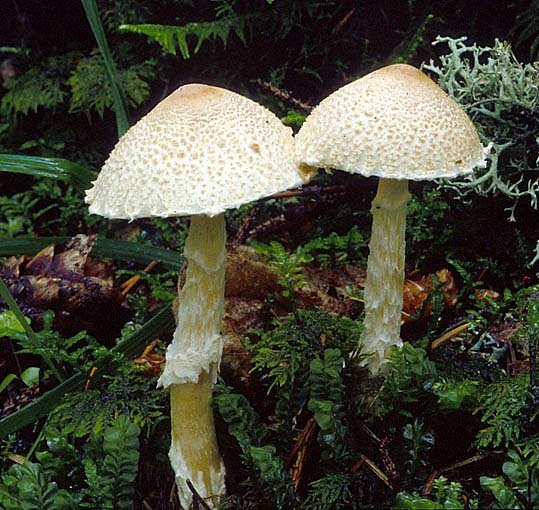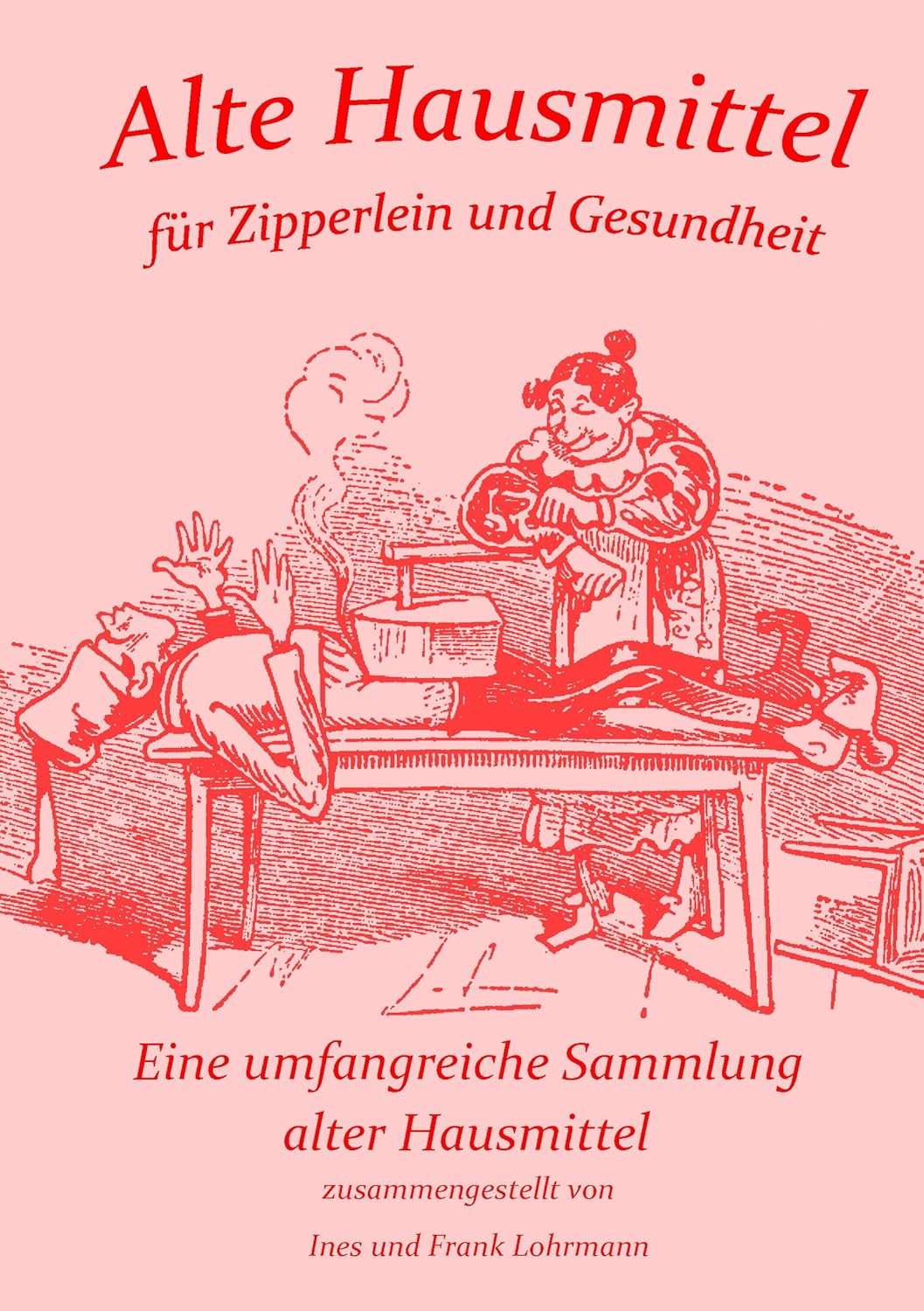Wollstielschirmling - Lepiota clypeolaria
Englisch: Shield Dapperling

Autor: (Bull.) P.Kumm.
Trivialnamen Deutsch:
Wolliggestiefelter Schirmling
Wolliggestiefelter Schirmpilz
Wollstiel-Schirmling
Wollstielschirmling
Synonyme:
Agaricus clypeolarius Bull. 1789
Agaricus colubrinus Pers. 1801
Agaricus colubrinus var. colubrinus Pers. 1801
Agaricus columbinus Bull. 1789
Lepiota clypeolaria var. minor J.E. Lange 1940
Lepiota clypeolaria var. ochraceosulfurescens Locq. 1953
Lepiota colubrina (Pers.) Gray 1821
Lepiota colubrina var. colubrina (Pers.) Gray 1821
Lepiota ochraceosulfurescens (Locq.) Bon 1981
Agaricus clypeolarius var. applanatus Lasch
Agaricus clypeolarius var. granulosus Lasch
Agaricus clypeolarius var. roseus (Scop.) Fr.
Agaricus roseus Scop.
Lepiota clypeolaria (Bull.) Quél.
Lepiota clypeolaria f. cedretorum Maire
Lepiota clypeolaria f. foetens A.N.Petrov
Lepiota clypeolaria f. umbrinosquamosa Hongo
Lepiota clypeolaria subsp. parmata Britzelm.
Lepiota clypeolaria var. caldariorum Gillet
Lepiota clypeolaria var. campanetta Barla
Lepiota clypeolaria var. concentrica Gillet
Lepiota clypeolaria var. crocea Velen.
Lepiota clypeolaria var. minor J.E.Lange
Lepiota clypeolaria var. muscariodora Maire
Lepiota clypeolaria var. ochraceosulfurescens (Locq. ex Bon) P.Roux & Guy García
Lepiota clypeolaria var. pantherina Gillet
Lepiota clypeolaria var. rosea Gillet
Lepiota colubrina Gray
Lepiota colubrina subsp. pantherina Gray
Lepiota colubrina var. pantherina Gray
Lepiota ochraceosulfurescens Locq.
Lepiota ochraceosulfurescens Locq. ex Bon
Lepiota ventriosospora var. umbrinosquamosa (Hongo) Bon
Hut: gewölbt, Mitte ocker bis ockerbraun, zum Rand blass mit ocker bis braunen wolligen fast ziegeldachartigen Schuppen auf cremeweisslichem Grund, Rand wollig.
Lamellen: frei, einfach, weisslich.
Fleisch: recht dick, weiss, unter der Stielhaut cremegelblich.
Stiel: voll, zylindrisch, weisslich, Spitze glatt, Ring wollig faserig, zur Basis wollig.
Vorkommen: im Laubwald und Nadelwald.
Geruch: unangenehm.
Geschmack: unangenehm.
Sporen: Sporenpulver weiss.
Speisewert:
kein Speisepilz
Für volle Auflösung bitte auf da Bild klicken:
|
|
Bild 2 © (2) Leif Stridvall stridvall.se
Abmessungen:
Hutbreite: 4.00 ... 8.00 cmStiellänge: 5.00 ... 15.00 cm
Stieldurchmesser: 1.00 ... 1.80 cm
Sporenmaße Länge x Breite: 11.40 - 16.10 x Breite: 4.50 - 6.30 µm
Hut
Hutform:
 halbkugelig, schirmförmig, gewölbt
halbkugelig, schirmförmig, gewölbt
 kegelig, deutlich spitz
kegelig, deutlich spitz
Hutoberfläche:
 glatt
glatt
 trocken
trocken
 wollig, grobschuppig, grobfaserig
wollig, grobschuppig, grobfaserig
Hutrand:
 gerieft, gezahnt, wellig
gerieft, gezahnt, wellig
 flockig, faserig oder überhängend
flockig, faserig oder überhängend
Hutfarbe:
 weiß, weißlich
weiß, weißlich
 creme, gelb
creme, gelb
 hellbraun, braun, gelbbraun, rotbraun,
hellbraun, braun, gelbbraun, rotbraun,
 grau
grau
Lamellen bzw. Röhren
Lamelen bzw. Röhren:
 Lamellen
Lamellen
Lamellenfarbe:
 weiß, weißlich
weiß, weißlich
 creme, ocker
creme, ocker
Lamellen- bzw. Röhrenansatz und Form:
 Frei
Frei
 Lamellen bzw. Röhren mittel entfernt
Lamellen bzw. Röhren mittel entfernt
 Lamellen bzw. Röhren dicht, dicht gedrängt, eng aneinander
Lamellen bzw. Röhren dicht, dicht gedrängt, eng aneinander
 Aussenschicht bzw. Schneide gezahnt, gewimpert, gesägt
Aussenschicht bzw. Schneide gezahnt, gewimpert, gesägt
 Lamellen bzw. Röhren nicht leicht ablösbar
Lamellen bzw. Röhren nicht leicht ablösbar
Stiel und Stielbasis
Stielgröße:
Länge: 5.00 cm ... 15.00 cmDicke: 1.00 cm ... 1.80 cm
Stiel und Farbe:
 weiß, weißlich
weiß, weißlich
Stielkonsistenz
ä faserig
faserig
Stielform, Stielbasis
 Stiel zylindrisch, gleichförmig dick
Stiel zylindrisch, gleichförmig dick
Stieloberfläche:
 faserig, schuppig, haarig, borstig
faserig, schuppig, haarig, borstig
 wollig, grobschuppig, grobfaserig
wollig, grobschuppig, grobfaserig
Ring:
 ohne Ring oder Ringrest
ohne Ring oder Ringrest
 mit Ring oder Ringrest
mit Ring oder Ringrest
 mit Ringzone, Haarschleier, Haarschleierrest
mit Ringzone, Haarschleier, Haarschleierrest
Fleisch
 dünn
dünn
 dick
dick
 weich, schwammig
weich, schwammig
 fest, hart, zäh
fest, hart, zäh
Geruch und Geschmack
Geruch:
 Fisch, fischig, Kohl, verdorben
Fisch, fischig, Kohl, verdorben
 anders
anders
Geschmack:
 anders
anders
Vorkommen
 Sommer
Sommer
 Herbst
Herbst
 im Nadelwald
im Nadelwald
 im Laubwald
im Laubwald
 auf Erde
auf Erde
 Previous
Previous












